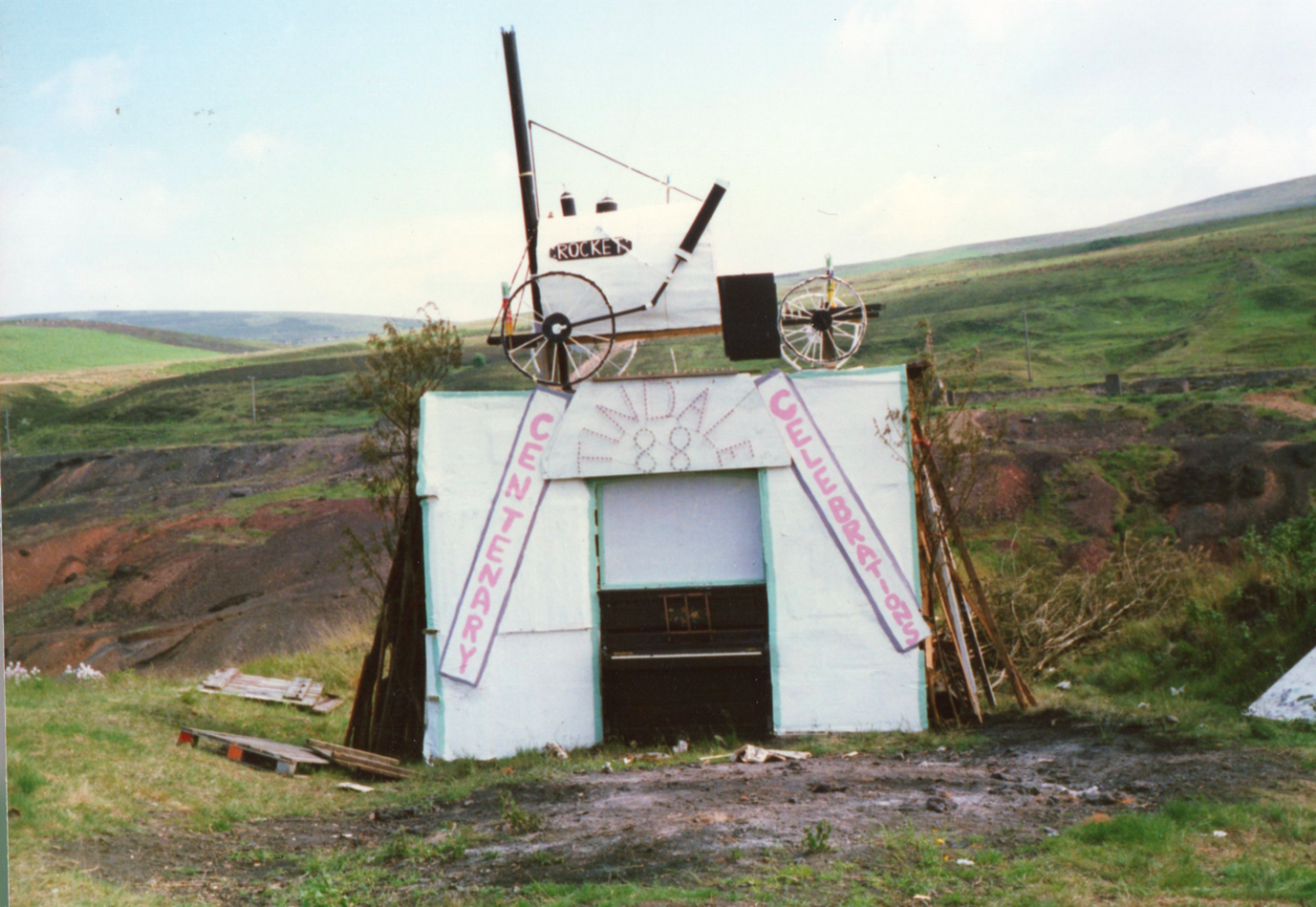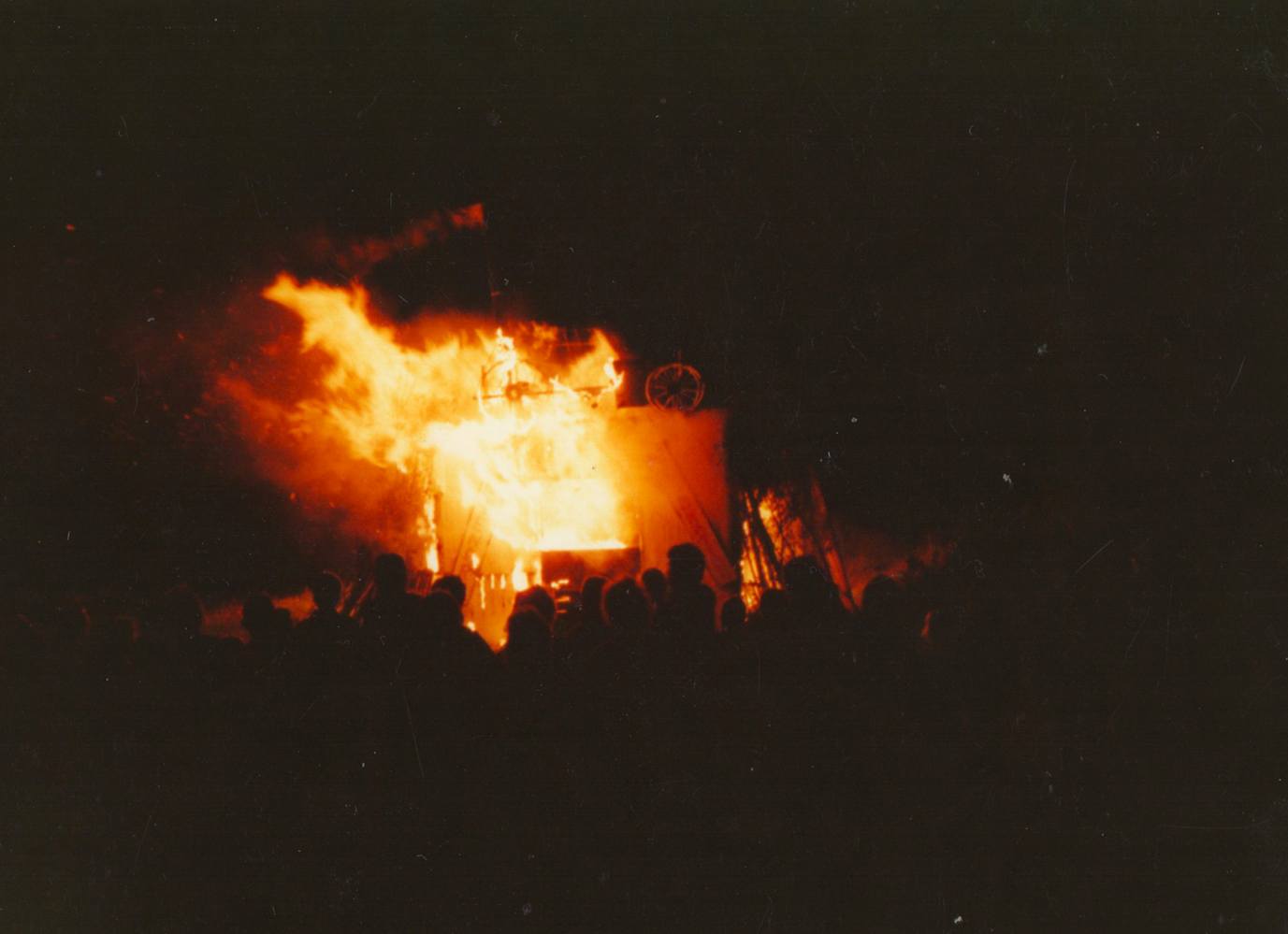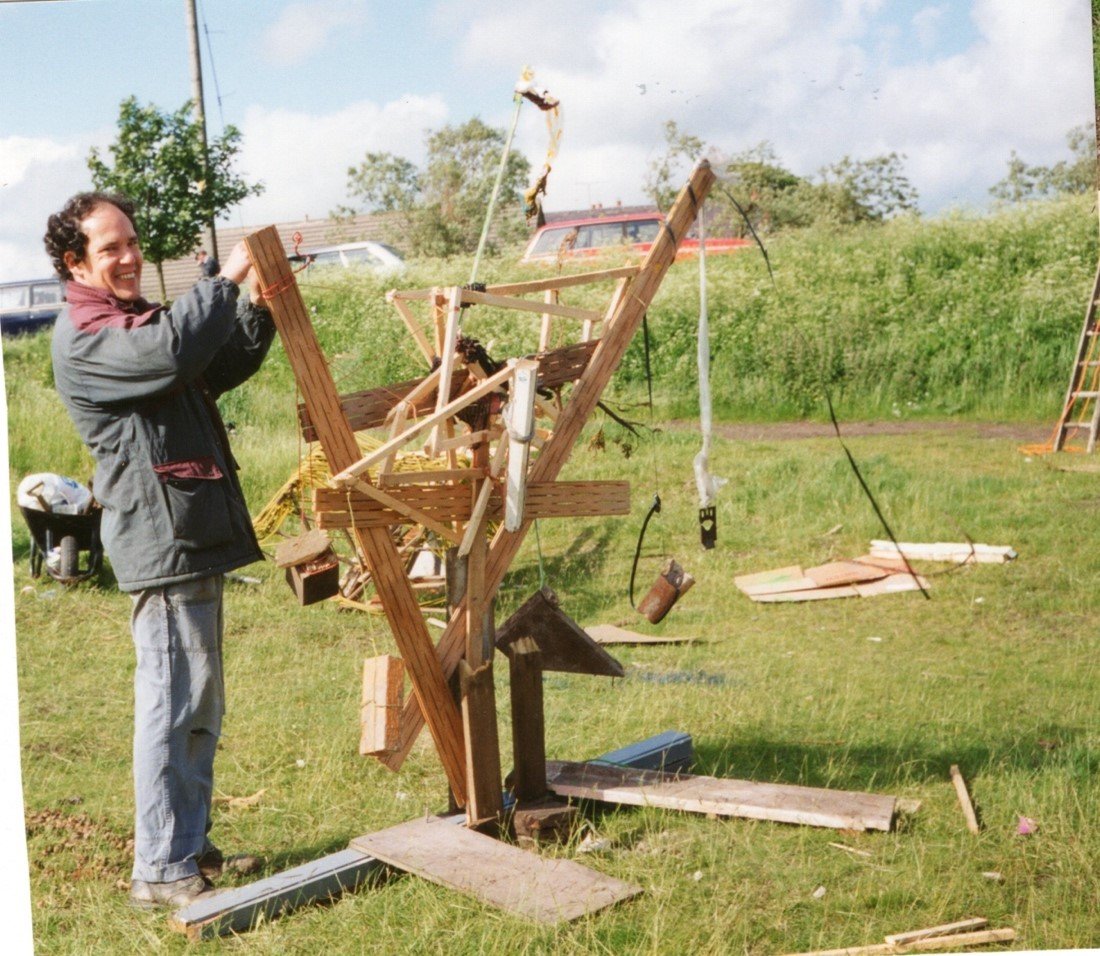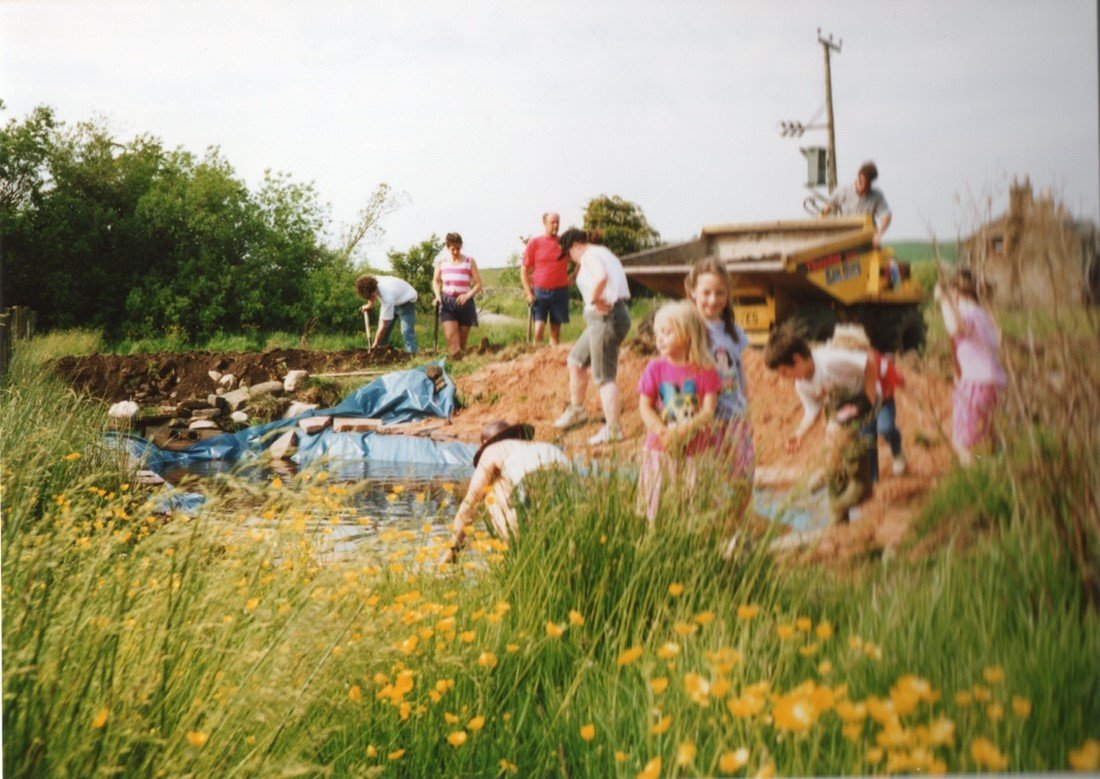THE MYTH OF "TRANSFORMATIVE" ART AND THE REALITY OF ART AS PART OF EVERYDAY LIFE - GUEST BLOG
I am really pleased to be able to share this extremely powerful, thought-provoking guest blog by Rosie Priest. It's a personal account of how art can be part of everyday life as well as a challenge to the superficial rhetoric of institutional art as a vehicle for "transformative change".
Rosie Priest is a PhD candidate at the University of Stirling, working with the National Galleries of Scotland’s outreach programme to explore “Collaborative Art and Transformation”, whilst also working as the Creative Learning Associate for Stellar Quines Theatre Company.
I reached out to Dr. Stephen Pritchard a few months ago, interested in his work and excited by the guest appearance of Dr. Clift on his blog. Stephen kindly offered me a spot to write, so here it is: Having spent a year studying Applied Social Research before my PhD, the emphasis on data saturation and sample sizes just didn’t excite me. I missed a narrative, a story. To be honest, as an artist and art historian, I missed the art. With that in mind, here comes a story as well as some art.
As an arts practitioner, the past seven months have seen me actively question the work I do and why I do it. Seeing my close friends lose their jobs, the institutions I move around in regularly close their doors for the foreseeable and listening to the exhausted cries of arts workers everywhere shouting “ART MATTERS”. I firmly believe it does. But (every story has a “but” moment), I also believe that the arts have been forced to create a narrative that their primary function is to change people’s lives, and this is just a lie. Or at least, for the majority of arts organisations this is a lie. I also don’t think it’s necessarily the organisations fault they have been forced to tell this lie. The nature of continuously shrinking funds means that the arts is being pitted against front-line services. For their survival, organisations are having to speak a language of front-line services – that they are impactful, that they are life changing, that they are “transformative”.
I have often thought of arts interventions, with the aims and aspirations of being “transformative” as the cherry on a societal cake. The cherry is, without question, one of the best bits of the cake (a Bakewell tart is nothing without one), but without the basic ingredients like sugar (safe housing), butter (free medical access), flour (a basic income) and eggs (access to support services) then the cherry is just a cherry. Or in this case, the art intervention is just that, an intervention. Whatever “transformative” impact it was aiming to have will be meaningless unless the other parts of the societal cake are baked together.
That societal cake wasn’t completely baked properly when I was growing up. I lived in an old mining village in Cumbria, Tindale. Those familiar with a mining terraced house can probably picture the two up and two down I grew up in, with a long thin garden expanding at the back. My parents squatted before they bought the house, and for a while neither owned a car, meaning to travel they would have to walk several miles to the nearest train track and, literally, flag down trains to get to the nearest city, Carlisle. As a young teenager my household changed, in many ways for the better, when my father left and my mother, Nancy, was left to raise her children alone. I remember a lot of dahl growing up. Lentils were cheap. I also remember being very cold. I would try and sneak into my sister’s bed at night to steal her body heat on the top bunk of our bunk beds. I also remember not quite being the same as the other children when I started school: my jumper was faded from previous owners and I didn’t have the luxurious looking head bands or branded lunchboxes like the children in my class. I couldn’t put a finger on it yet, but to the other children I was strange because I came from the bizarre little village of Tindale.
The village was full of people like Nancy: on a terrace of ten houses their lived two puppeteers, a bespoke instrument designer and maker, two painters (Nancy being one) and just down the hill a decorative woodworker, a ceramicist and a theatre maker. All of them were drawn to the village for its cheap housing and like-minded neighbours. For almost half a century the village had sat mostly empty, the school, shop, chapel and post office closed until they were reclaimed as homes by artists. A huge gaping hole sits at the heart of Tindale, the previous mine, a constant reminder of its industrial past. A past we all celebrated, a past we all explored.

We celebrated the village’s industrial past with a “centenary celebration” to mark 100 years since the chapel in the village was built. We had a day full of puppet shows showcasing the village’s history, banner making and a parade. A huge sculptural pyre was built, with a firework powered “Stephenson’s Rocket” atop the structure. Tindale was home to the rocket until it was donated to the London Museum in the late 19th century. A small but interesting piece of industrial history. Inside the pyre was an old piano, full of rotten wood but the keys still clanked if you pressed hard enough and the children all took it in turns to make up songs and sing along, whilst painting, building and decorating. When it was set alight, you could hear the piano clink and clank.

Looking at these photos I suppose I understand why the children at school thought I was a little odd: but despite their cult like, Wicker Man-esque depictions, the village thrived on creativity and the opportunity to explore art wasn’t considered an alternative activity to me, it was just what you did. Every year, on November 4th we would all gather together for “sculpture day” and build creations from the junk in our homes and on November 5th we would burn them. Obviously now I can understand that it was a liberal alternative to a royalist tradition of building bonfires in celebration of King James I survival of Guy Fawkes gunpowder plot. But as a child it was an opportunity to use hammer and nails to build something bizarre or brilliant, to play with materials in a way that just didn’t happen at school.

For many years we would have a “Tindale-trip” and on a rented bus would write poetry about our adventure to the seaside, followed by sand sculpture competitions and song writing on the way home. For many of us who had never been abroad, the collective excitement of travelling somewhere new (even if it was just Whitley Bay) was akin to that feeling I get now when waiting at a train station or airport before a holiday. One year the village collectively decided it needed a place to gather and worked together to build a village green: it was used for children’s theatre shows, the millennial procession, weddings and parties.
Nancy was, and still is, an artist. She paints and writes, and one year was invited to exhibit at a Carlisle based gallery and museum. I was so excited that I was allowed to accompany her to her installation: the gallery had been the only place I had been on a school trip, and on entering the museum a huge (or at least, what appeared huge to a 6-year old) mechanical sculpture of a lion and unicorn battling greeted you. It was magical. But on arriving I was told I wasn’t allowed to see the sculpture, as it was for paying visitors only. The installation was not as exciting as I thought it would be, the allure of hammers and nails disappeared as I realised it all had to be done in a certain, orderly way. This museum experience was proving less magical than I had hoped.
For lunch Nancy propped me in a corner of the quiet café, sandwiches in hand and pen and pencils at the ready. The café staff approached to let us know that we had to purchase something in order to sit inside, which Nancy just couldn’t afford. Sheepishly we packed up our things and sat outside in the drizzle, eating the sandwiches we’d brought from home before heading back inside, I wasn’t sure why I was embarrassed but I was. I was also angry, why had Nancy not just bought something? I didn’t understand. On the day of Nancy’s exhibition opening I refused to return, mortified at the thought of being seen in that space again.
Years later at university I began to read the work of bell hooks, and whilst they reference marginality in terms of being a Black American, much of their sentiments rang true to my childhood: that in spaces of marginality, in my case of poverty, lives radical possibilities and possibilities of resistance. The collision of Nancy’s poverty and an institution served to highlight to me that whilst I do believe art can enact positive changes, when institutions speak a language weighted towards “transformation” they mean to transform the other, into themselves. Or rather, they seek to erode marginalisation, within which creativity thrives. The language of “transformation” is rooted in a hierarchical understanding of existence, power and knowledge, one which mimics other societal hierarchies such as the class system.
Until institutions move away from a transformative rhetoric, to a rhetoric of dialogue between communities and themselves, marginalised communities will remain “the other”. When I look back at the childhood I had, I realise that yes, art can be transformative but that’s because it was embedded into my community, my existence, my very being. When I decided to study art history at university, it was more of a shock than anything to Nancy. Why would I not want to spend 3 or 4 years of my life exploring creative outputs? In a strange way, I think my decision was fuelled by a want to rebel, the traditional narrative of art students rebelling against their conservative parents was flipped on its head.
I would say, that I don’t think all creative learning programmes and outreach works associated with institutions are inherently flawed because of their association with these institutions: as a practitioner I’ve worked within national organisations, as well as smaller more agile ones, and what tends to unite them is that they operate almost separately from the rest of the organisation they’re associated with. The manner in which art works are collected by galleries are not reflective of the learning happening in an outreach department, the exhausting re-staging of Shakespeare plays by theatres, curators still seeming bizarrely enamoured with Impressionism, international festivals continuously programming primarily white male artists, having to buy food to be allowed sit in a café of a publicly subsidised gallery, museum or theatre. And yet, the narratives driving institutions are ones associated with “transformation”. Nothing can transform if at its core the institution remains the same. The very premise is based on an othering, an inherent wrong-ness, of marginality.
So, I suggest this: perhaps it is the institutions themselves that need transformed. Take what creative learning and outreach practitioners know and embed it into the fabric of everything an institution does. Work collectively with the spaces of marginalisation, not to erode them and bring them into the middle, but rather to celebrate and support, to explore and learn from. Let’s scrap art interventions altogether and instead develop long-term meaningful work with the communities whose voices, experiences and creativity have largely been neglected by the mainstream. Let’s learn from marginalisation, not erode it. Let’s make space available... yes, even in the café.
